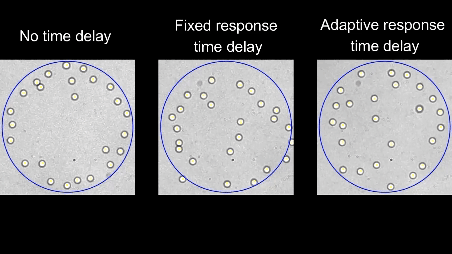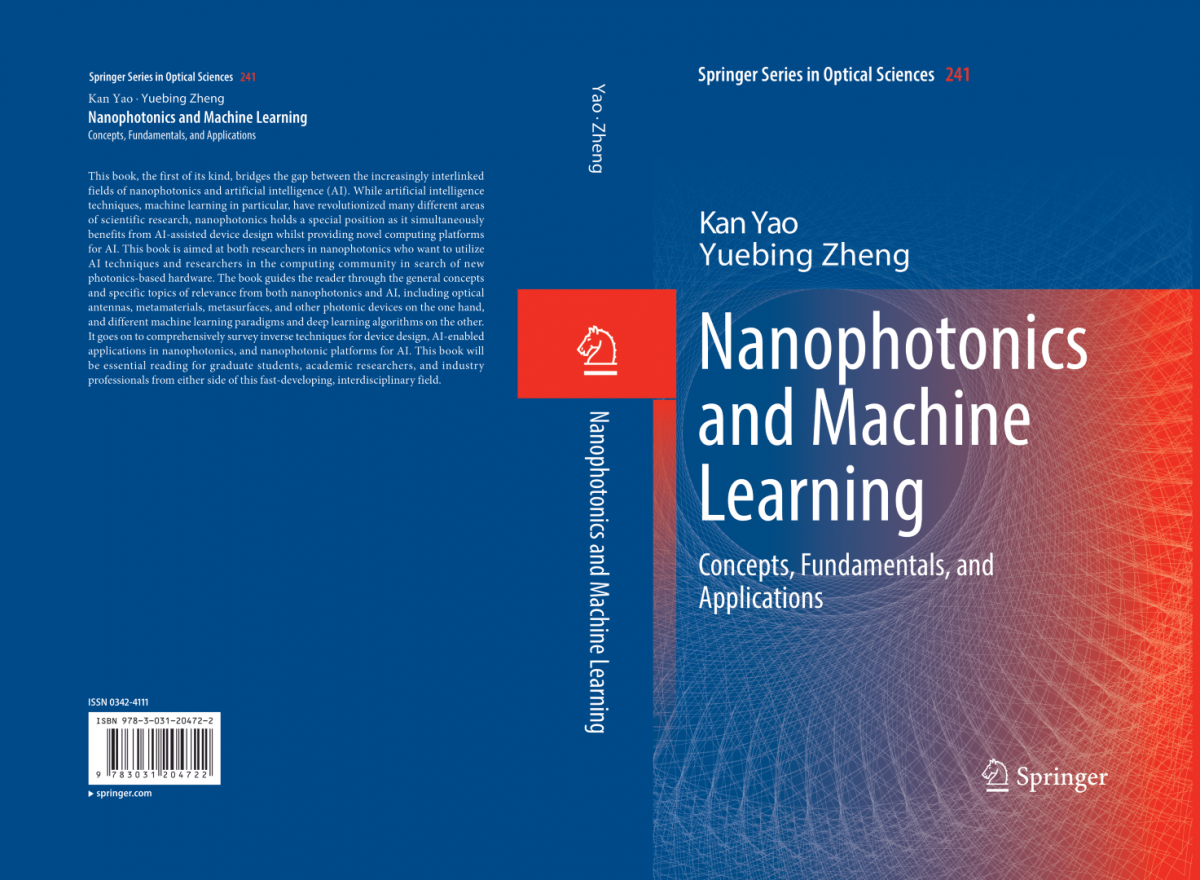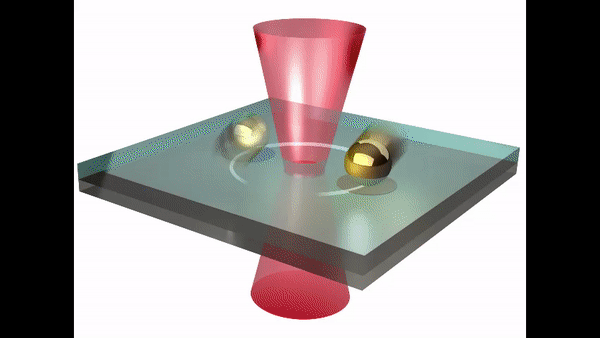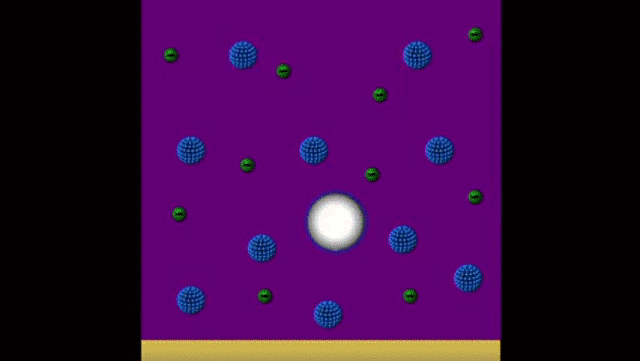Light-driven manipulation tools such as optical tweezers have opened new ways to control and study matter. We push the boundaries of their scale, versatility, and strength. Nature offers powerful inspiration: wind, ocean currents, and volcanic eruptions all show how heat and temperature gradients can drive motion on vast scales. Drawing from these forces, we created optothermal manipulation, a strategy that uses light-induced heating and cooling to precisely control the motion, interaction, structure, and composition of matter. By further integrating chemical, electrical, and acoustic effects, we envision a broadly adaptable platform for manipulating matter with precision.
-
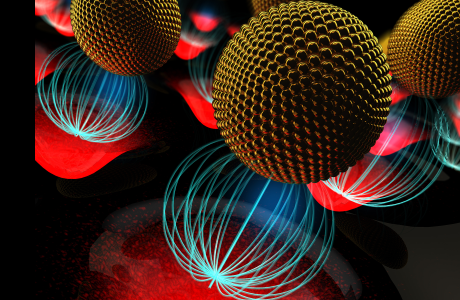
-

We integrate innovations in both manipulation by light and manipulation of light with AI to advance spectroscopy, microscopy, and mechanoscopy. Using standard optical microscopy, we achieve high-efficiency volumetric imaging and accurate classification of cells and organisms. Our mechanoscopy tools, including adhesion frequency assays, quantify dynamic cell-cell interactions, cell-substrate adhesion, receptor-ligand binding forces, and other mechanical properties at the single-molecule and cellular level. In addition, we develop chiroptical spectroscopy systems for label-free, highly sensitive enantiodiscrimination.
-

We design architected materials such as photonic crystals and metamaterials to precisely control light and unlock new regimes of light-matter interaction. Our designs are often inspired by nature and increasingly guided by AI, accelerating discovery and enabling unprecedented functionality. In parallel, our light-driven manipulation strategies provide sustainable, on-demand fabrication of complex architectures across scales, from nanoscale features to large-area platforms. Advanced characterization tools link structure to function, revealing both single-nanostructure behavior and collective emergent phenomena.



